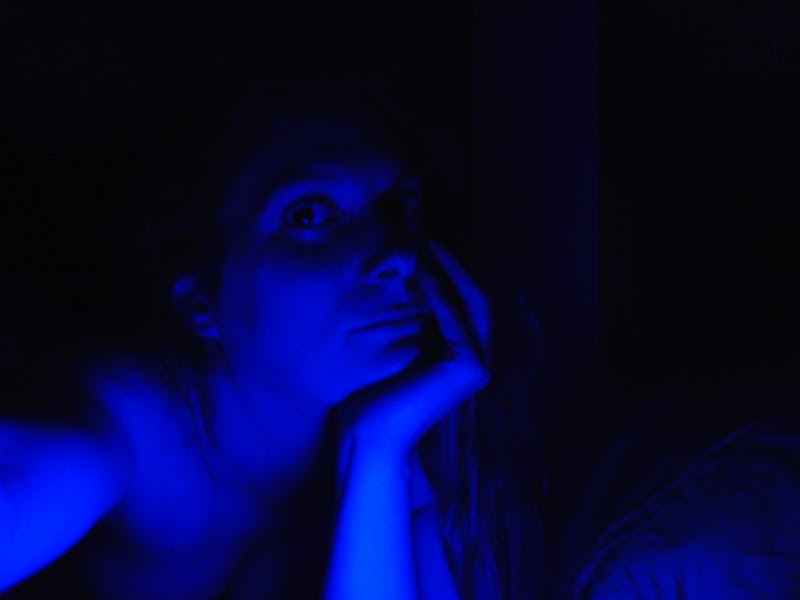It's Harder to See Blue If You're Feeling Blue
There could be a reason we associate sadness with the color blue.

New research published in Psychological Science has linked sadness with worsened ability see yellow and blue. “We were already deeply familiar with how often people use color terms to describe common phenomena, like mood, even when these concepts seem unrelated,” lead author Christopher Thorstenson says in a statement. “We thought that maybe a reason these metaphors emerge was because there really was a connection between mood and perceiving colors in a different way.”
Here’s what they did to investigate that connection: Over the course of two experiments, close to 300 undergraduate college students were subjected to a short film that was either sad or funny. Then they looked at patches of color on a computer screen that were either red, yellow, green, or blue — except that the colors were desaturated, so they looked mostly grey. The students then had to determine what color they were looking at.
The students who saw the sad film saw red and green as well as their counterparts, but were significantly less accurate with yellow and blue. Why? Although the article does not make a causal link, the researchers point out that other studies have linked dopamine deficiency with impaired ability to perceive yellow and blue.
The study builds on a growing body of research that shows the opposite effect — that exposure to certain colors can affect our feelings and behavior. For example, other work has shown that after seeing the color red, people struggle more with complicated cognitive tasks, perceive faces as more attractive, and eat less, the authors write.
“It is obvious that what people see influences how they feel, but it is also becoming increasingly evident that how people feel affects what they see,” according to the article.
Are you curious what the students watched to make them sad? It was this scene: (Skip ahead to 2:40 for maximum sadness.)
Thanks, Lion King. For your worthy service, science salutes you.